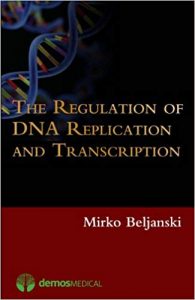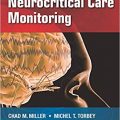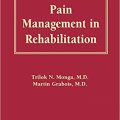The Regulation of DNA Replication and Transcription, 1e
by Mirko Beljanski PhD
Product Details:
- Paperback: 224 pages
- Publisher: Demos Medical; 1 edition (March 26, 2013)
- Language: English
- ISBN-10: 1620700190
- ISBN-13: 978-1620700198
- Amazon Price: $82.99
- Points to download: 80 Points
- Format: Original Publisher PDF
- File Size: 8.5 MB
- Download link below.
Download Link:
This post contains protected content. You must be logged in and have 80 points to unlock it.
Description:
The Regulation of DNA Replication and Transcription explores basic processes of DNA replication and transcription in an effort to identify the mechanisms responsible for the release of genetic information and its role in the regulation of cellular events. Concerned with discovering the fundamental concept that might integrate and explain the wide range of existing lines of evidence, the author reports and interprets the results of experiments conducted in an impressive range of biological systems. Focused on complex mechanisms at the biochemical level, these studies allow analysis of the pathways involved when cells, organs and animal systems react to various trigger molecules derived from both living cells and exogenous sources. These include hormones, RNA, RNA fragments, alkaloids, actinomycin D, and phorbol esters, as well as chemical carcinogens and drugs. Comnining the results of these studies with his own extensive work in this field, the author is able to formulate a uniquely integrative biochemical model for the gene expression, demonstrating that both biological and chemically synthesized molecules can trigger the differential release of information from the DNA and thus influence cell transformation. Apart from its academic significance, the model offers high potential assistance in the search for ways to induce or control the expression of certain genes and, moreover, to promote differentiation of given cells in vitro as well as in situ.”






























